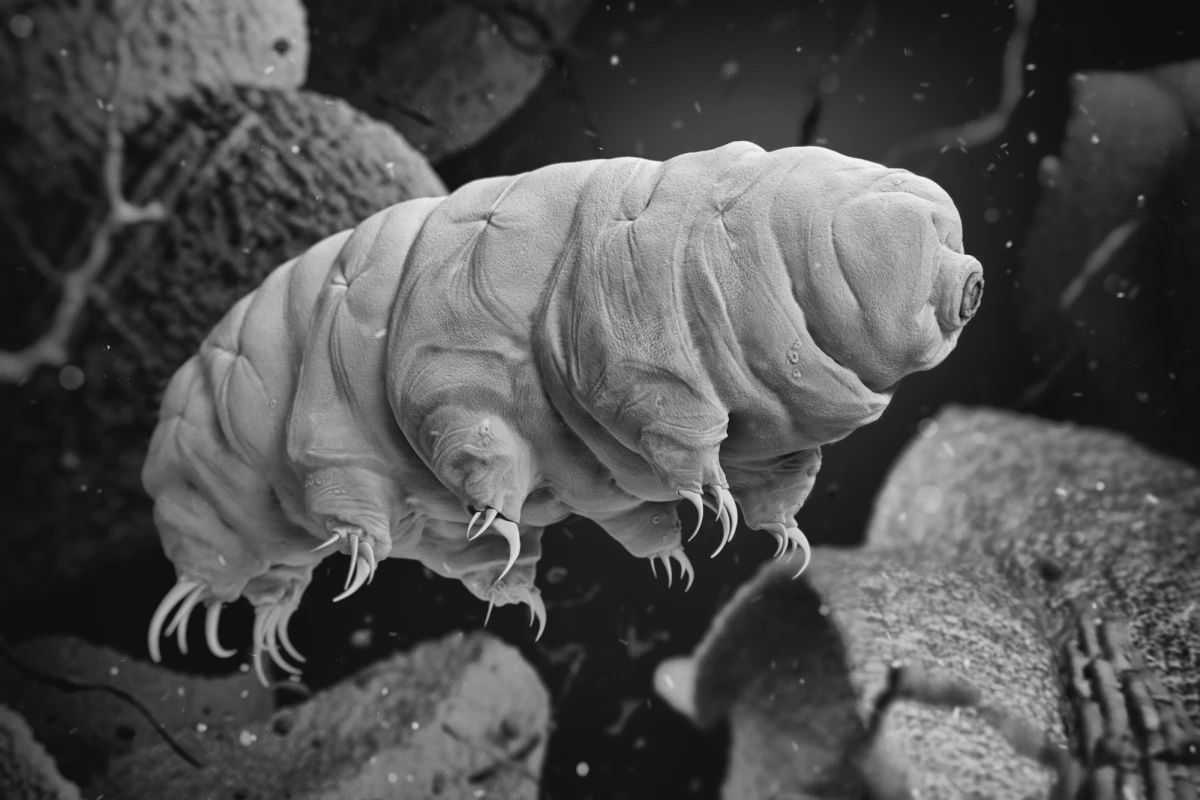Tardigrades are well-known for being one of the hardiest animals on the planet, but even they have their limits. New research has shown that they could be more susceptible to climate change than previously thought.
Also known as water bears or moss piglets, these microscopic creatures have captured the public’s imagination in recent years thanks to their much-publicized outright refusal to die. Tardigrades are one of the few animals to have survived all five of Earth’s major extinction events, and are known to tolerate extreme heat, cold, radiation, pressure, and the absence of food, water and oxygen.
In order to do this, they squish their bodies up tight and actually rearrange their internal organs, entering a state called cryptobiosis. This functions like hibernation, protecting the creatures from a hazardous environment, and when conditions become more favorable, they wake up.
But for the new study, researchers from the University of Copenhagen found that they may be more vulnerable to a changing climate than we thought. The team investigated their survival skills by calculating the median lethal temperature – that is, how warm it has to get to kill off 50 percent of a population – of both active and hibernating tardigrades.
The researchers found that for active tardigrades, the median lethal temperature is just 37.1° C (98.8° F). That said, if they’re given time to acclimate to the warmer weather, that temperature raises slightly, to 37.6° C (99.7° F). You might recognize that as a particularly hot day, which climate change is set to give us plenty more of.
As expected, the hibernating (or desiccated) tardigrades fared better, but they’re still far from immortal. Their median lethal temperature was 82.7° C (180.9° F) for a one-hour exposure, but cooking them for 24 hours brought that deadly heat down to just 63.1° C (145.6° F). That tells us that even if they do curl up to hide, the limit of their endurance is lower than anticipated.
“From this study, we can conclude that active tardigrades are vulnerable to high temperatures, though it seems that these critters would be able to acclimatize to increasing temperatures in their natural habitat,” says Ricardo Nieves, an author of the study. “Desiccated tardigrades are much more resilient and can endure temperatures much higher than those endured by active tardigrades. However, exposure-time is clearly a limiting factor that constrains their tolerance to high temperatures.”
Of course, there are limits to the study. The team experimented on just one of 1,300 tardigrade species, and the results likely don’t apply to all of them. While some tardigrades could be more vulnerable than we thought, it will likely still take the death of the Sun to finally wipe the critters out for good.
The research was published in the journal Scientific Reports.
Source: University of Copenhagen




